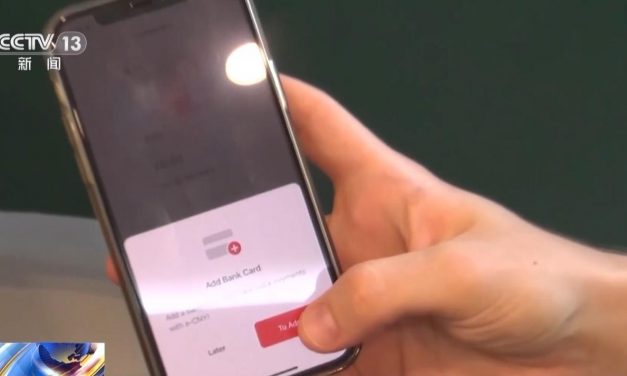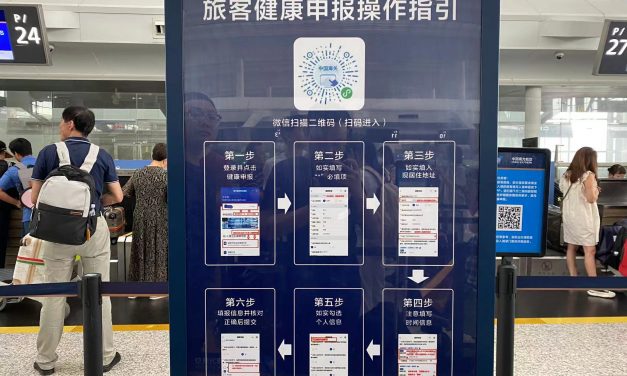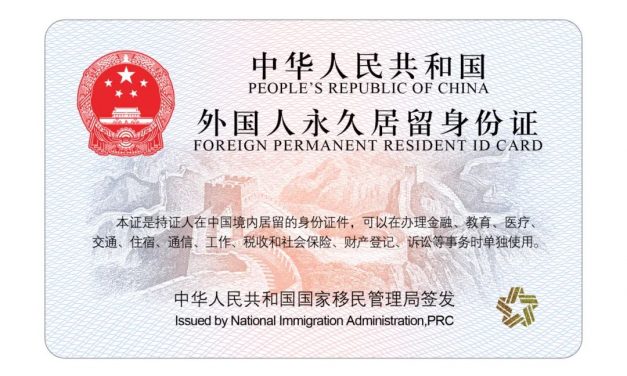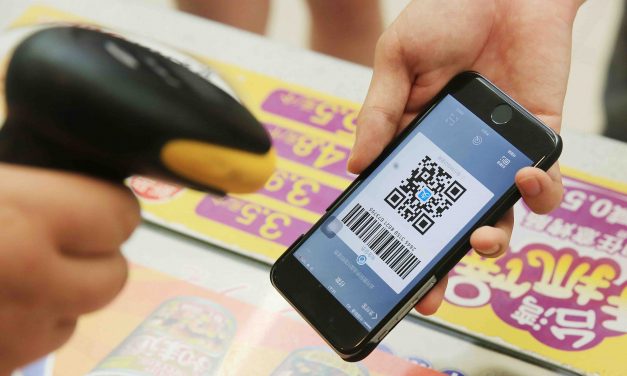Foreign cards for use the digital RMB wallet is update!
Recently, the Digital RMB App has launched the "recharge first and then use" function for foreign cards to better provide safe and convenient payment services for overseas people coming to China. Through this function, overseas visitors to China can directly use overseas mobile phone numbers to register and open a digital RMB wallet, recharge the wallet through overseas cards, and make payments. In the past two days, Mingchen, an international student who just arrived in China, successfully opened a digital RMB wallet, which can be completed in a few minutes. Eating, shopping, and taking the subway can all be paid with digital RMB. Ming Chen, an international student at Zhejiang Sci-Tech University: You just need to park it at the cash register and you can pay immediately, which is very convenient and fast. It has become an integral part of my daily life. After the "recharge first and use later" function of the foreign card of digital renminbi is launched, overseas people coming to China can directly use their overseas mobile phone number to register and open a digital renminbi wallet, recharge the wallet through overseas cards, and make payments. Ming Xiaofei, deputy director of the Digital Currency Office of the Industrial and Commercial Bank of China: It does not require using a domestic mobile phone number, nor does it need to go to our branches or counters to handle it. It is purely online. It is very convenient to open this wallet. After opening the wallet, he can use his own foreign card to bind the wallet and recharge money into the wallet. In addition, digital RMB foreign card payment not only has a more favorable exchange rate, but also eliminates exchange fees. Ming Xiaofei, deputy director of the Digital Currency Office of the Industrial and Commercial Bank of China: What is deducted from our overseas cards is foreign currency, but this money is charged to our overseas wallet of digital currency (digital renminbi), which is digital renminbi. There will be an automatic exchange rate conversion, and our ICBC currently has a discount on this exchange rate. ICBC is now waiving the conversion fee. In addition to using digital renminbi apps, overseas visitors to China can also apply for digital renminbi hard wallets for daily payments. Ming Xiaofei, deputy director of the Digital Currency Office of the Industrial and Commercial Bank of China: This hard wallet can be used for payment without network or electricity, which is very convenient. This is the Asian Games-themed digital RMB hard wallet launched by our Industrial and Commercial Bank of China. Reporter: It is actually equivalent to a bracelet, very convenient to wear, right? Ming Xiaofei, deputy director of the Digital Currency Office of the Industrial and Commercial Bank of China: Yes, it is a bracelet that can be worn on your hand during normal times and can be used for payment by touching it. If the money added to the digital RMB wallet by an overseas person is not spent while in China, the balance can also be deposited back to the overseas card. Currently, digital RMB can be used in 26 pilot areas in 17 provinces (municipalities). READ MORE: CAN CHINA’S NEW E-RMB ATTAIN DIGITAL...
Read More





Recent Comments